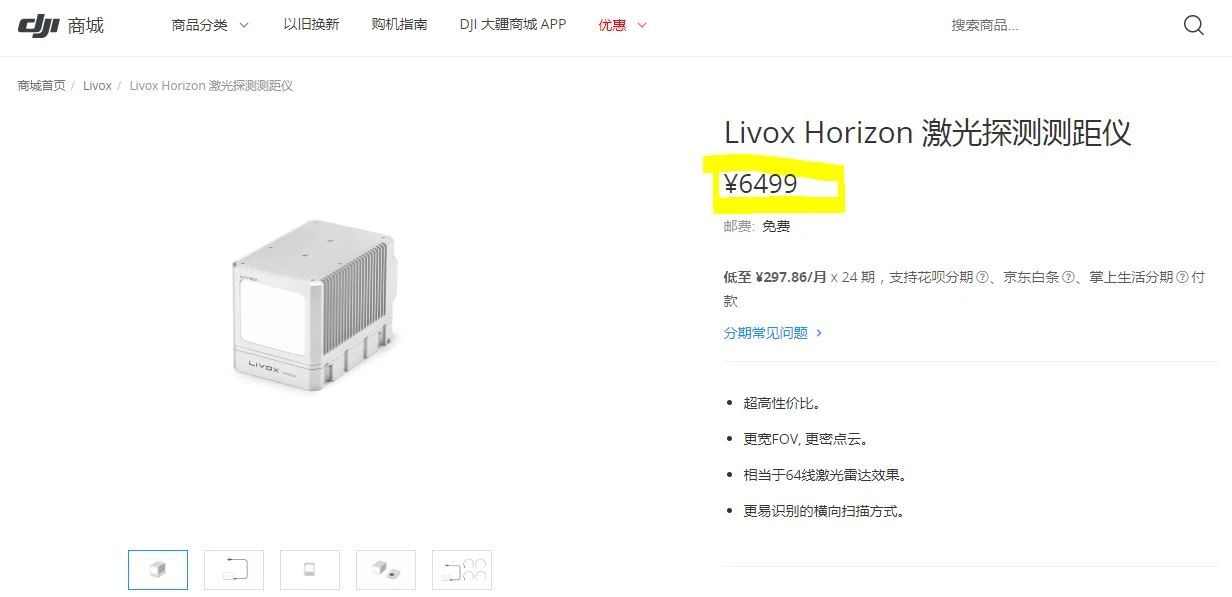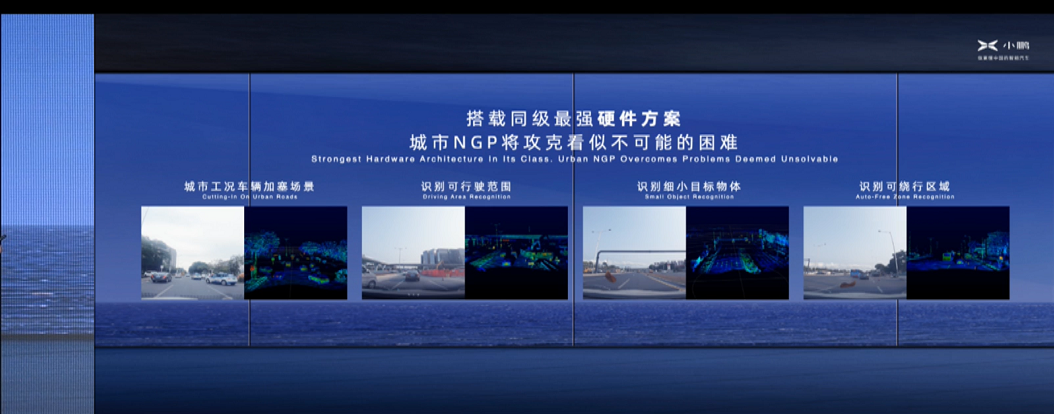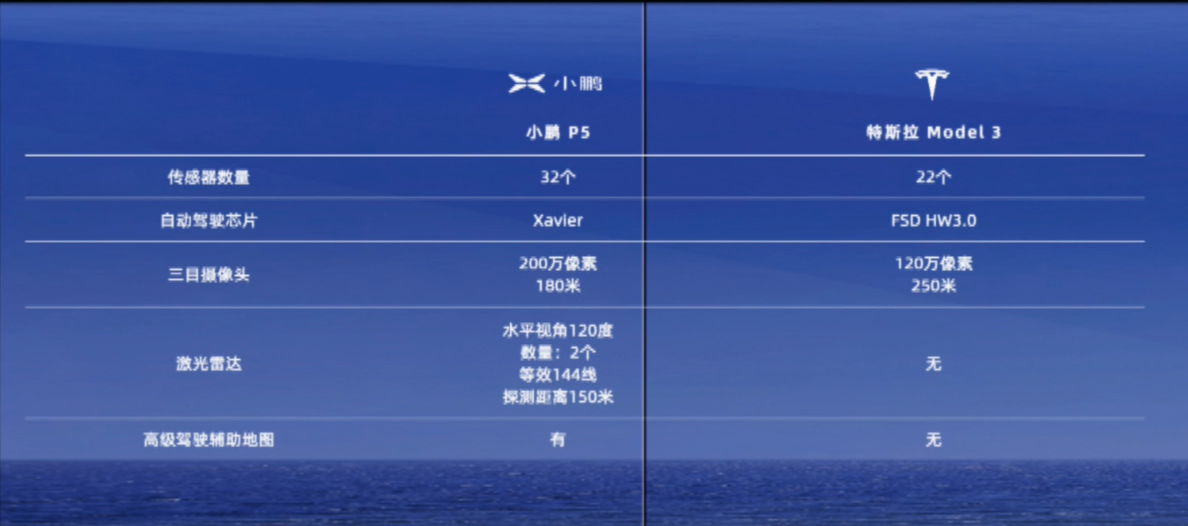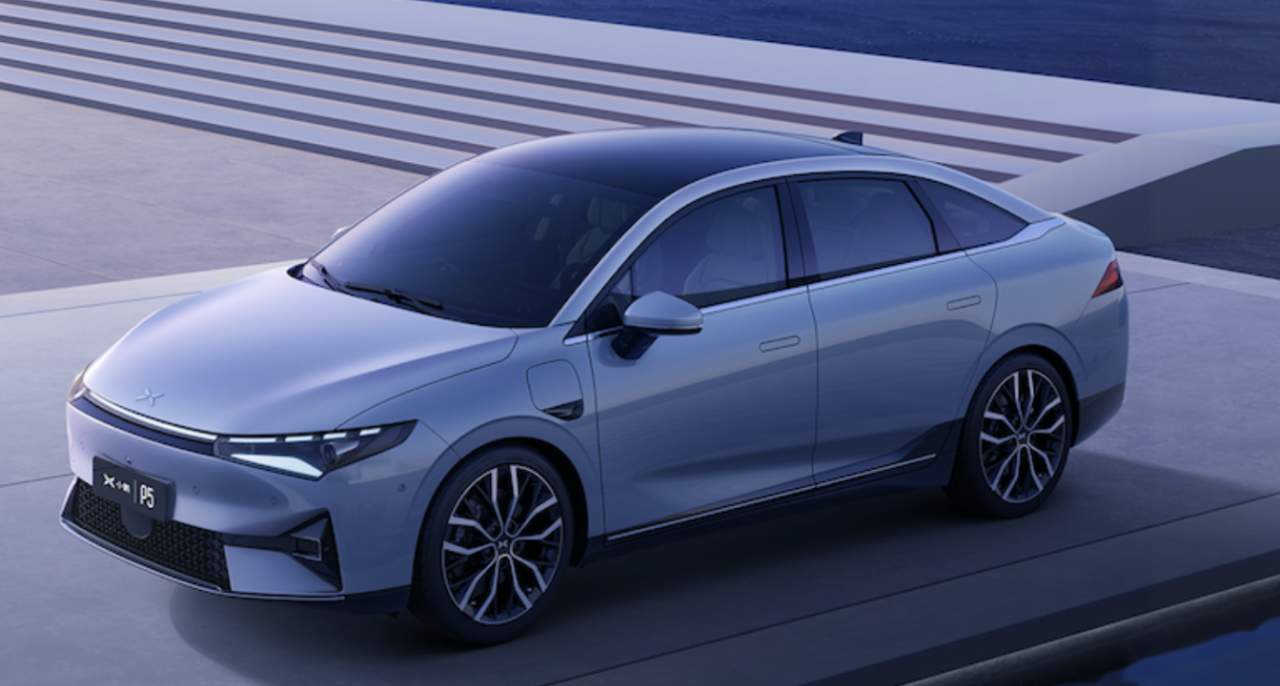Author: Lingfang Wang
On April 14th, XPeng Motors officially released their third car – XPeng P5.
The biggest highlight of this car is the integration of a LIDAR, which enables the XPilot 3.5 assisted driving system and facilitates the “Urban NGP” function.
“Urban NGP” can be understood as achieving automatic driving in certain urban scenarios based on navigation, such as the “collision-free left turn for mixed traffic” function and the “voice-activated lane change” function.
XPeng P5 will achieve “Urban NGP” in addition to the high-speed NGP it has already accomplished. The scenarios that NGP is applicable to are gradually increasing, and L3 automated driving is not too far away.
“The first mass-produced intelligent vehicle equipped with a LIDAR in the world”
2021 can be seen as the “takeoff” year for LIDAR.
This year, many automobile brands such as NIO, Cheetah Mobile, R Automobile, Great Wall, and EAIO will release mass-produced vehicles equipped with a LIDAR, and many claim to be the “world’s first”.
Now, XPeng has also released a mass-produced LIDAR vehicle, claiming to be “the first mass-produced intelligent vehicle equipped with a LIDAR in the world.”
LIDAR is a type of radar with a shorter wavelength, which is more advantageous in terms of measurement accuracy and 3D reconstruction compared to millimeter-wave radar and approaches the effect of visual mapping.
Generally speaking, apart from a few people like Tesla CEO, Musk, most people believe that LIDAR is necessary to achieve a higher level of automated driving.
The LIDAR used in XPeng P5 can detect up to 150m and has high spatial resolution.
The dual LIDAR combination of XPeng P5 provides an ultra-wide point cloud field of view of 150° for the front of the entire vehicle and specifically tackles Chinese characteristics, achieving NGP in certain urban road conditions.
It has always been difficult to implement mass production of LIDAR on vehicles, with difficulty lying in vehicle regulations and pricing. This LIDAR was specifically developed by Livox, a subsidiary of DJI, for XPeng Motors. From Livox’s previous releases, it can be seen that the product belongs to a hybrid solid-state LIDAR.
Traditional mechanical LIDAR requires continuous rotation to scan the surrounding environment, making it difficult to achieve durability and reliability in accordance with vehicle regulations. Livox fixed the electronic components of the light source and scanned the front by rotating the mirror. Of course, the rotation angle is limited and cannot scan 360 degrees like the mechanical type.
Livox’s LIDAR price has also decreased significantly. Previously, Livox Horizon LIDAR was available in the DJI online store, priced at 6,499 yuan. Another long-range Livox Tele-15 was priced at 8,999 yuan.
Achieving NGP in Urban Environment
Compared to XPeng P7, P5’s feature is that NGP is expanded to urban road conditions.
XPeng Navigation Guided Pilot (NGP) is an advanced driving assistance system based on high-precision maps, which is realized by the XPeng XPILOT 3.0 system and the navigation path.
In simple terms, NGP allows the vehicle to automatically navigate from point A to point B according to the driver’s preset navigation route. Although the driver is still the main body of driving, many actions are actually completed by NGP. Previously, XPeng has realized NGP on highways.
With the help of LiDAR, XPeng P5 is advancing towards NGP in urban road conditions.
According to Mr. Wu Xinzhou, Vice President of XPeng Motors, P5 overcomes many difficulties that may be encountered during urban driving, such as vehicle cut-ins, recognition of drivable areas, identification of small target objects, and identification of areas that can be bypassed. It covers more difficult scenarios, such as dark night, weak light, backlight, and alternating brightness in tunnels. P5 has increased safety redundancy and is more suitable for complex Chinese road conditions.

To achieve this effect, P5 has made great efforts in software and hardware. It adopts XPILOT 3.5 automatic driving assistance system, which integrates 13 high-definition cameras, 5 millimeter-wave radars, 12 ultrasonic sensors, 2 vehicle-grade LiDARs with a total of 32 sensors, and 1 set of high-precision positioning unit (GNSS+IMU) for 360° dual fusion perception of the environment using vision and radar.
Compared with Tesla Model 3, P5 has 10 more sensors; the camera pixel is 2 million, which far exceeds Model 3’s 1.2 million, with greatly improved accuracy. Of course, the most important thing is that P5 has LiDAR.

Creating a 23-Hour Intelligent “Third Space”
Intelligentization is not only intelligent driving.XPeng Motors Vice President of Sales, Liao Qinghong, stated that the P5 is committed to creating a “23-hour intelligent third space”. “Apart from exercise and bathing, it can meet your third-space needs for the remaining 23 hours, so it puts high demands on the comfort of the vehicle.”
To achieve this, the comfort level must be good. The XPeng P5 has a length of 4808mm and a wheelbase of 2768mm, and the interior space reaches the mainstream B-class level. At the same time, the P5 adopts a star-trail embracing cockpit design, with a 1.493m² transparent panoramic sunroof glass, with a light transmittance area of up to 0.63m², making the cockpit transparent and zero pressure. It is equipped with a front seat with a fully flat design, and the headrest can be removed to sleep and rest.
The XPeng P5 also has voice-controlled sleep mode, cinema mode, and other features.
This is because the P5 is equipped with the latest Xmart OS 3.0 system as standard throughout the series, which is the only vehicle in the same class with a “full-scenario car system,” and all interface functions can be reached with one voice command. It supports continuous conversation, semantic interruption, semantic rejection, and dual-tone zone voice recognition, better meeting the needs of different passengers for human-computer interaction.
To achieve this, the XPeng P5 uses the Qualcomm Snapdragon SA8155P automotive-grade chip, which is claimed to be the first in the same class to be equipped with this chip. The computing power is increased by more than 3 times compared with the previous generation, and it supports powerful car-mounted mobile interconnection and communication capabilities. Coupled with 128GB of massive storage space and 12GB of ultra-high memory, the human-computer interaction experience is smoother.
The P5 also features a brand-new multi-Bluetooth positioning key. XPeng said that the unlocking success rate of its Bluetooth key is 99.99999999%, which means it may fail once in a hundred million unlocks.
In addition, XPeng P5 has added more usage scenarios for external hardware, enabling direct voice control of unmanned aerial vehicles outside the vehicle, extending from the inside of the vehicle to the outside, and realizing seamless integration of multiple spaces.
However, there was no answer to the price or the launch date during the press conference. This part may be released at the upcoming Shanghai Auto Show, and it was also revealed that a mysterious new product will be unveiled.
This article is a translation by ChatGPT of a Chinese report from 42HOW. If you have any questions about it, please email bd@42how.com.
